
Getting Started in Datadog
by DevOpsSchool.com
Rajesh Kumar
(Senior DevOps Manager & Principal Architect)

-
DevOps@RajeshKumar.xyz
www.rajeshkumar.xyz
/RajeshKumarLog
/RajeshKumarIN
/RajeshKumarIN
Rajesh Kumar — an award-winning academician and consultant trainer, with 15+ years’ experience in diverse skill management, who has more than a decade of experience in training large and diverse groups across multiple industry sectors.
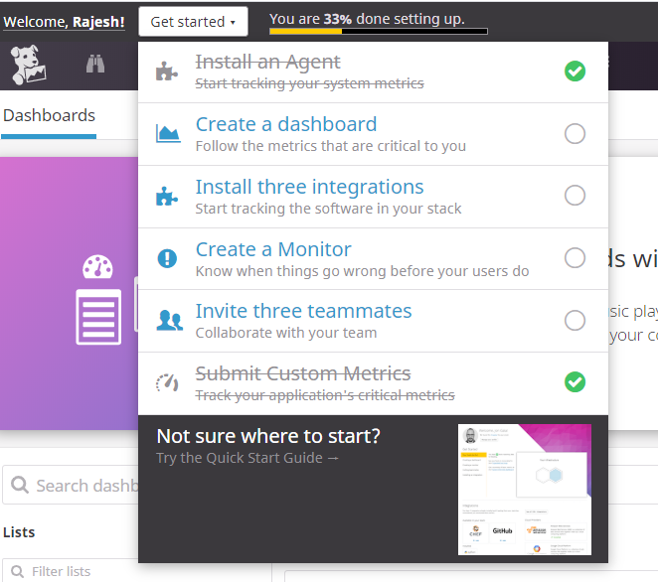
Datadog: Integrations
An integration, at the highest level, is when you assemble a unified system from units that are usually considered separately.
At Datadog, you can use integrations to bring together all of the metrics and logs from your infrastructure and gain insight into the unified system as a whole — you can see pieces individually and also how individual pieces are impacting the whole.
Datadog: Integrations
- Datadog has over 400+ integrations officially listed.
- Custom integrations are available via the Datadog API.
- The Agent is open source.
- Once integrations have been configured, all data is treated the same throughout Datadog, whether it is living in a datacenter or in an online service.
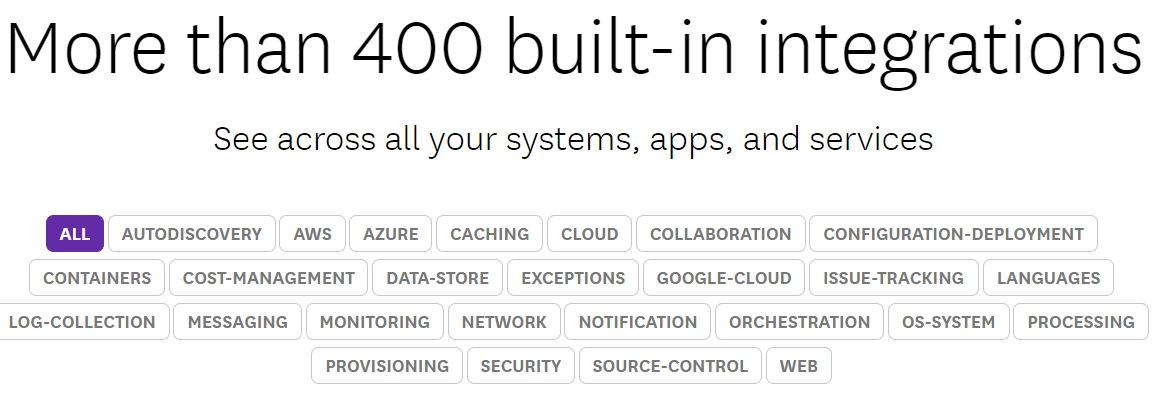
Datadog: Integrations
Datadog provides Four types of integrations:
- Agent-based integrations are installed with the Datadog Agent and use a Python class method called check to define the metrics to collect.
- Authentication (crawler) based integrations are set up in the Datadog App where you provide credentials for obtaining metrics with the API. These include popular integrations like Slack,AWS,Azure, and PagerDuty.
- Library integrations use the Datadog API to allow you to monitor applications based on the language they are written in, like Node.js or Python.
- You can also build a custom check to define and send metrics to Datadog from your unique in-house system.
Datadog : Setting up an integration
Datadog core integrations:- The Datadog Agent package includes integrations officially supported by Datadog, in integrations core. To use the integrations in integrations core, download the Datadog agent. Refer - https://github.com/DataDog/integrations-core
Datadog Community-based integrations:- Community-based integrations are in integrations extras, and to use those, you need to download the developer toolkit. Refer - integrations extras 0 https://github.com/DataDog/integrations-extras Refer - developer toolkit - https://docs.datadoghq.com/developers/integrations/new_check_howto/#developer-toolkit
https://docs.datadoghq.com/agent/guide/integration-management/Datadog : Integration Management
The Agent comes with a set of bundled official Datadog integrations to allow users to start monitoring their applications quickly. These integrations are available as single Python packages, and you can upgrade them separately.
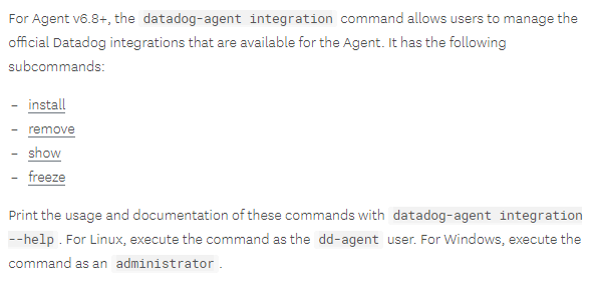
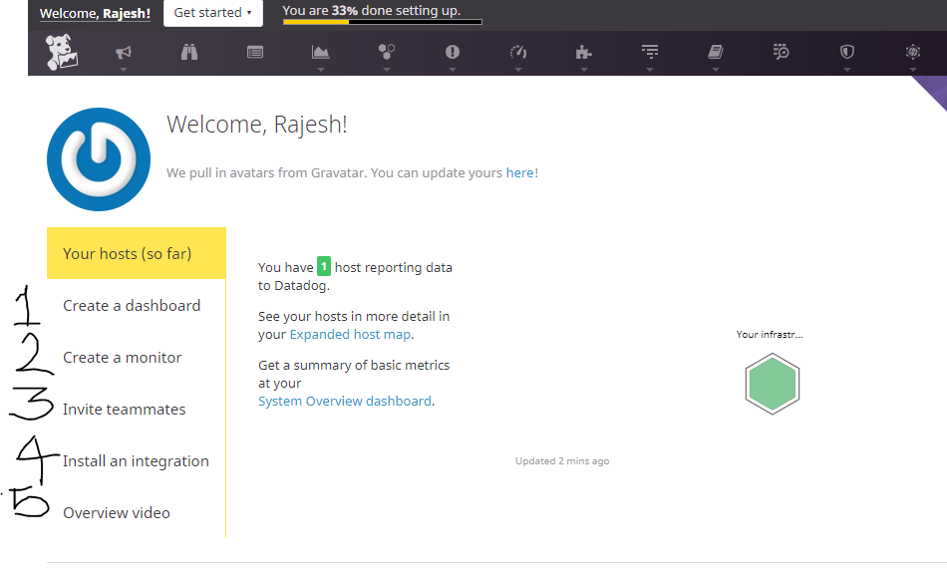
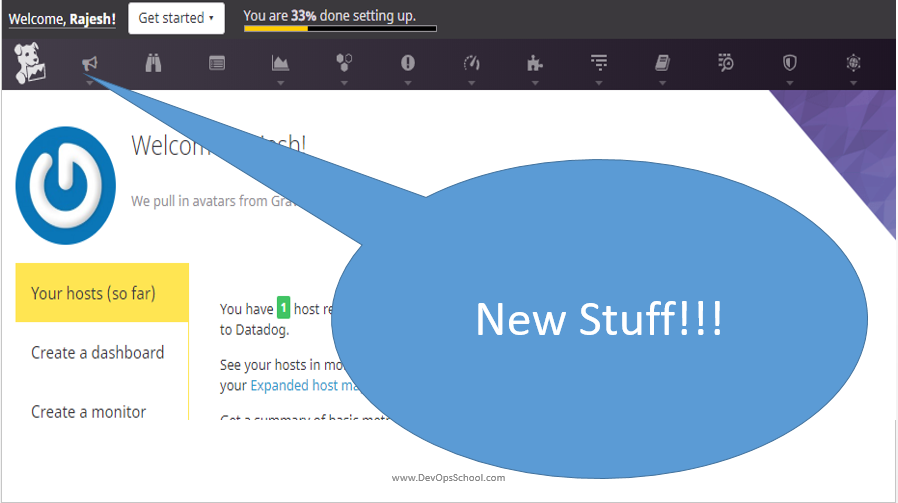
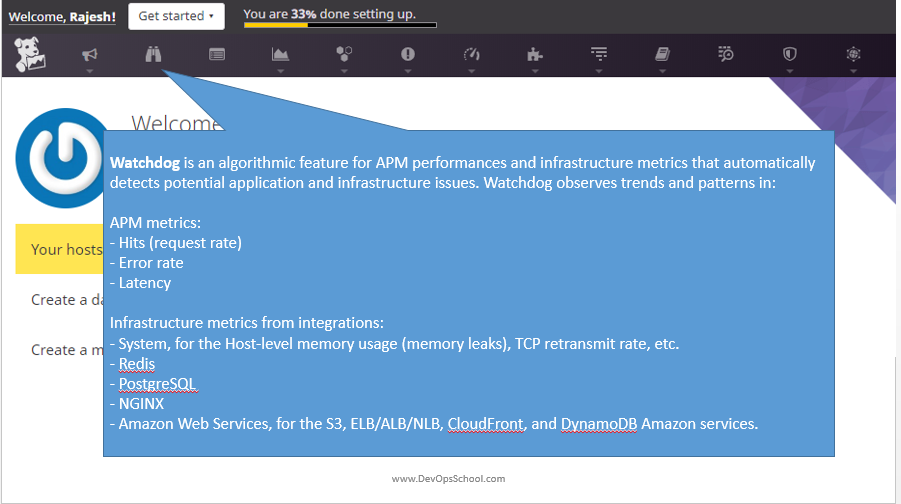
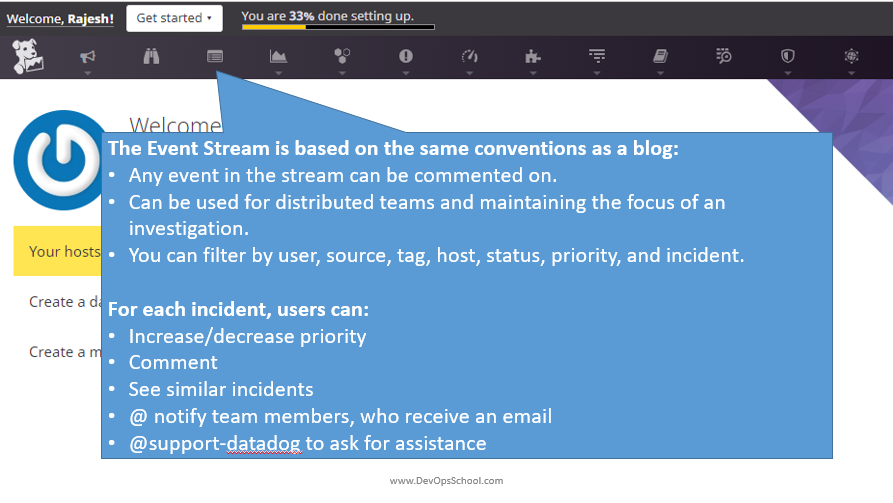
Datadog: Events
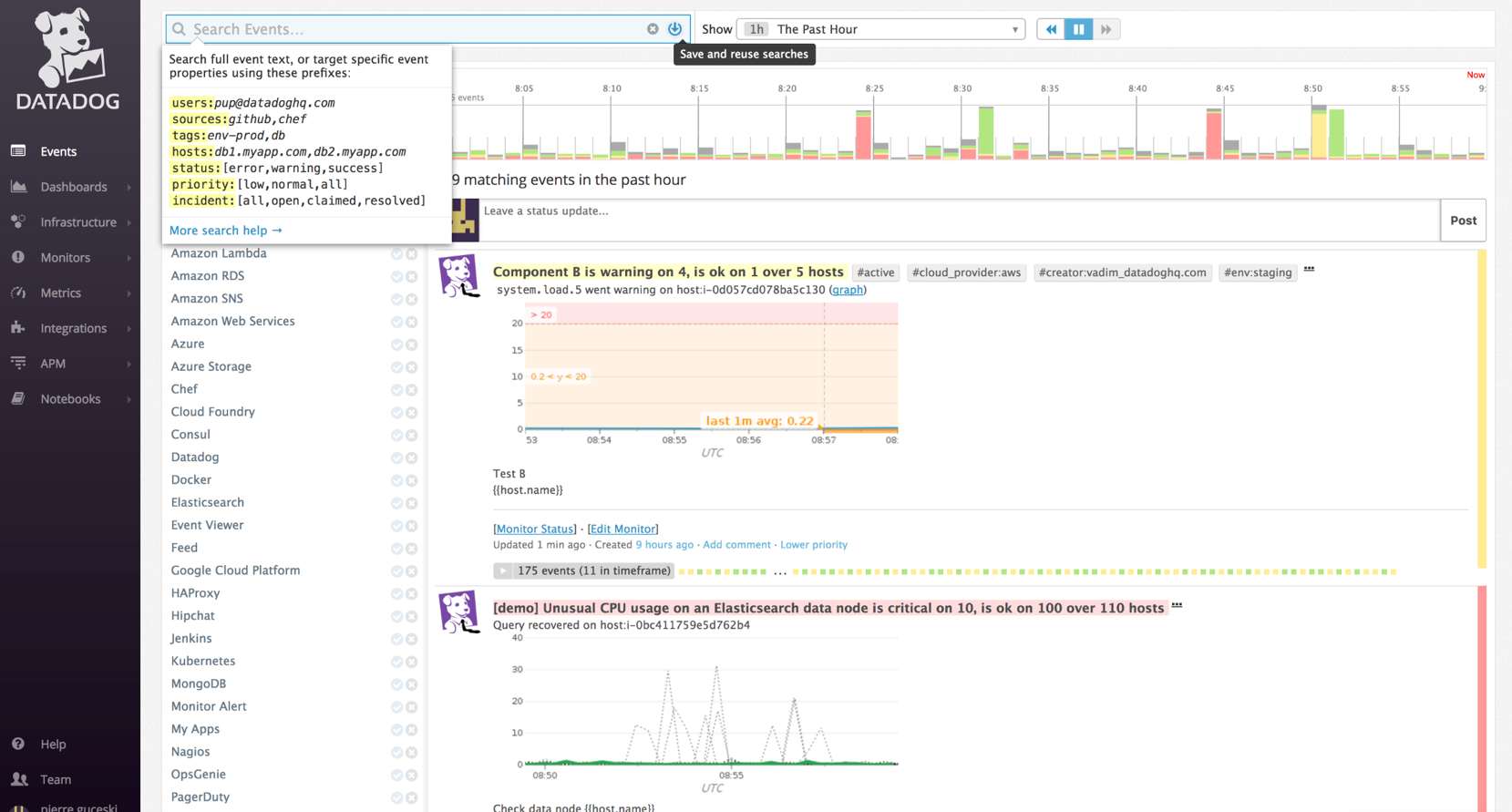
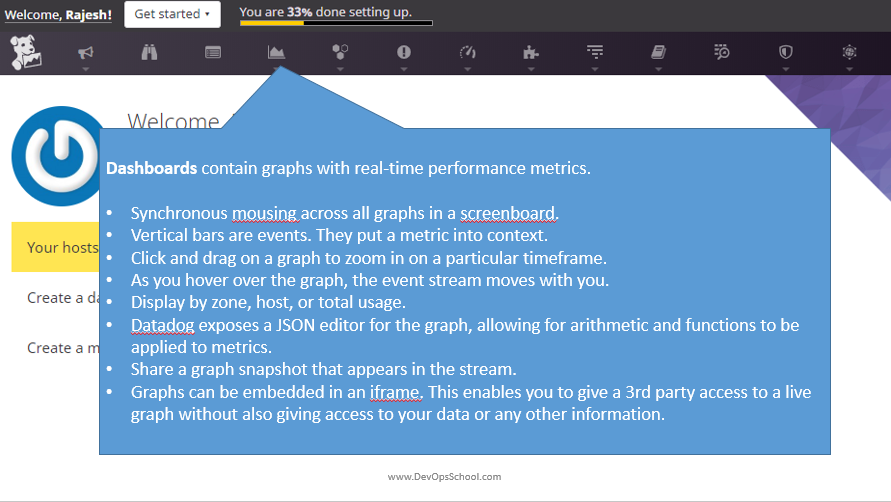
Datadog: Dashboards
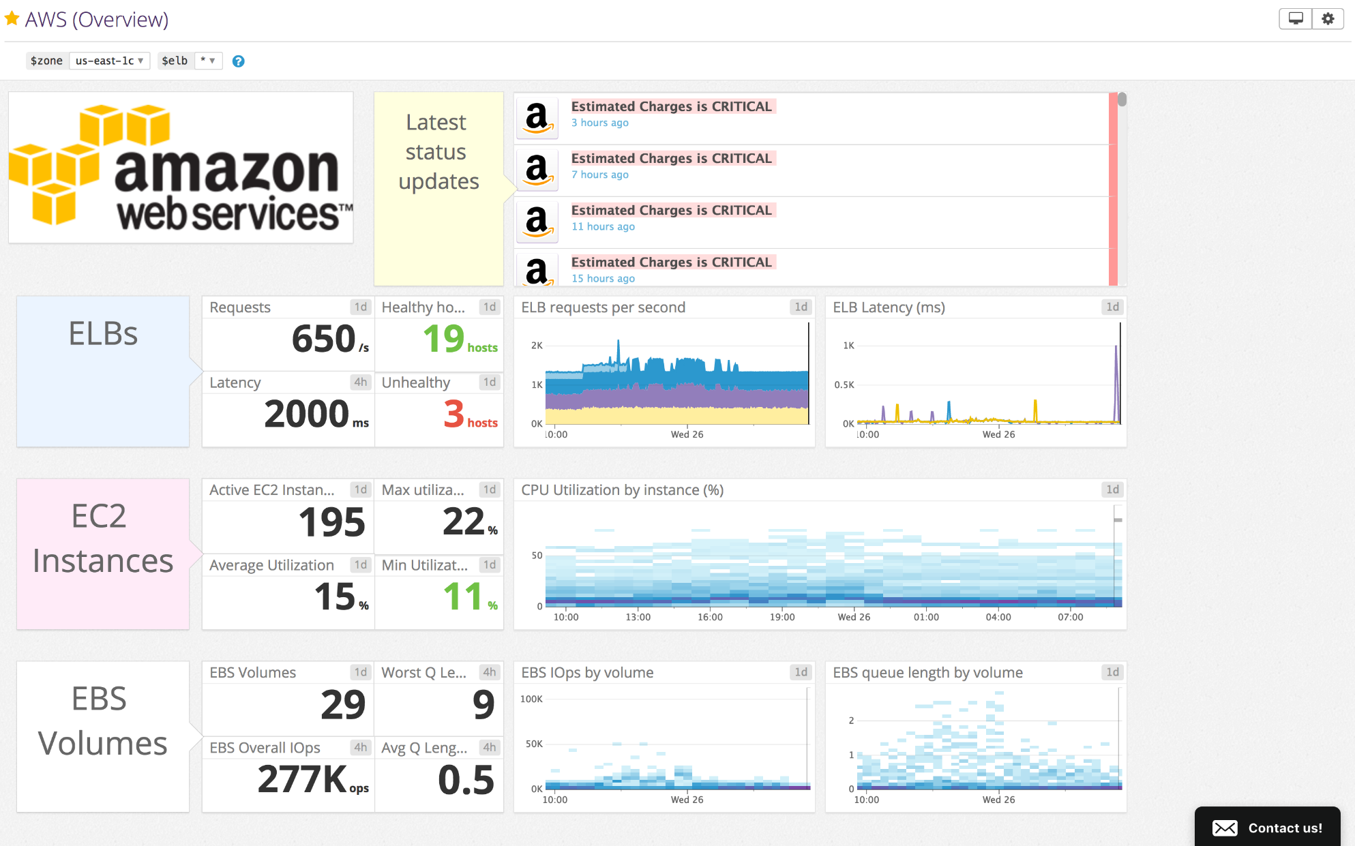
Datadog: Dashboards

Datadog: Dashboards
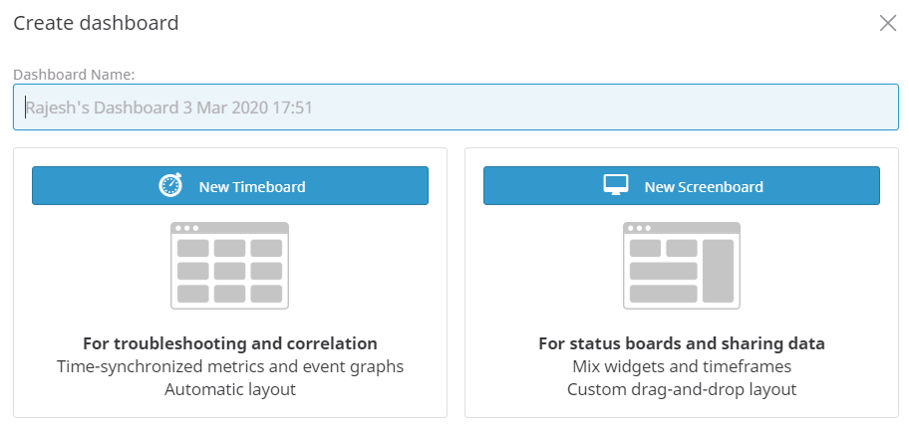
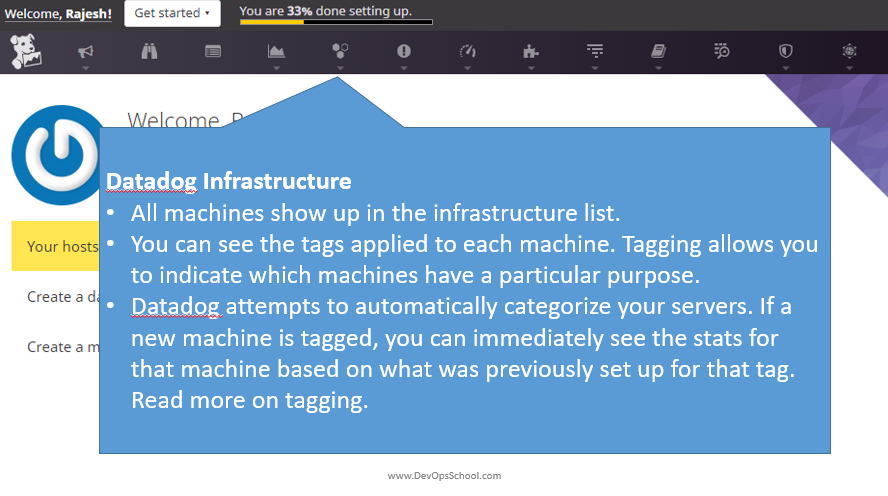
Datadog: Infrastructure
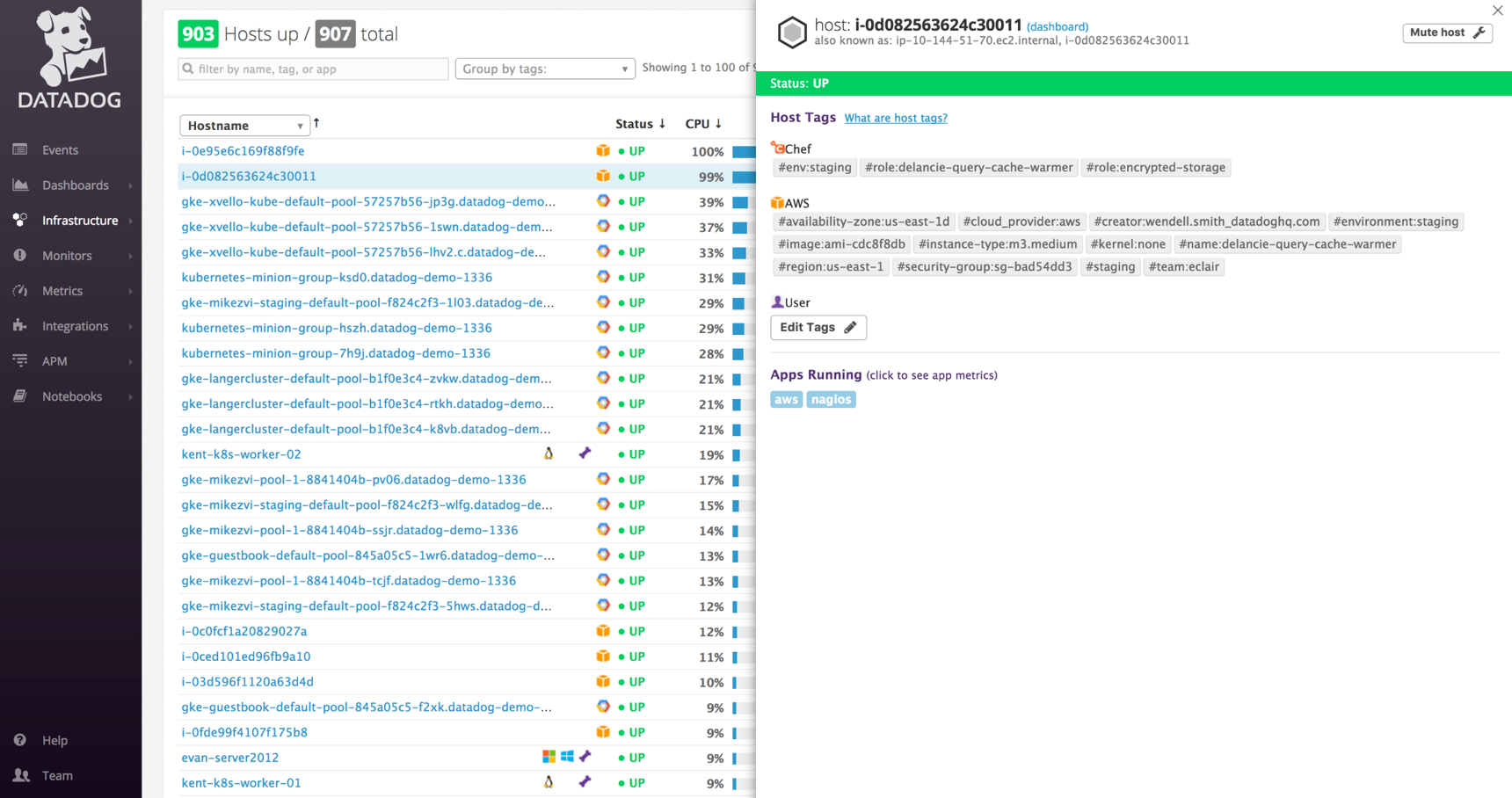
Datadog: Host Map
The Host Map can be found under the Infrastructure menu. It offers the ability to:
- Quickly visualize your environment
- Identify outliers
- Detect usage patterns
- Optimize resources
Datadog: Host Map
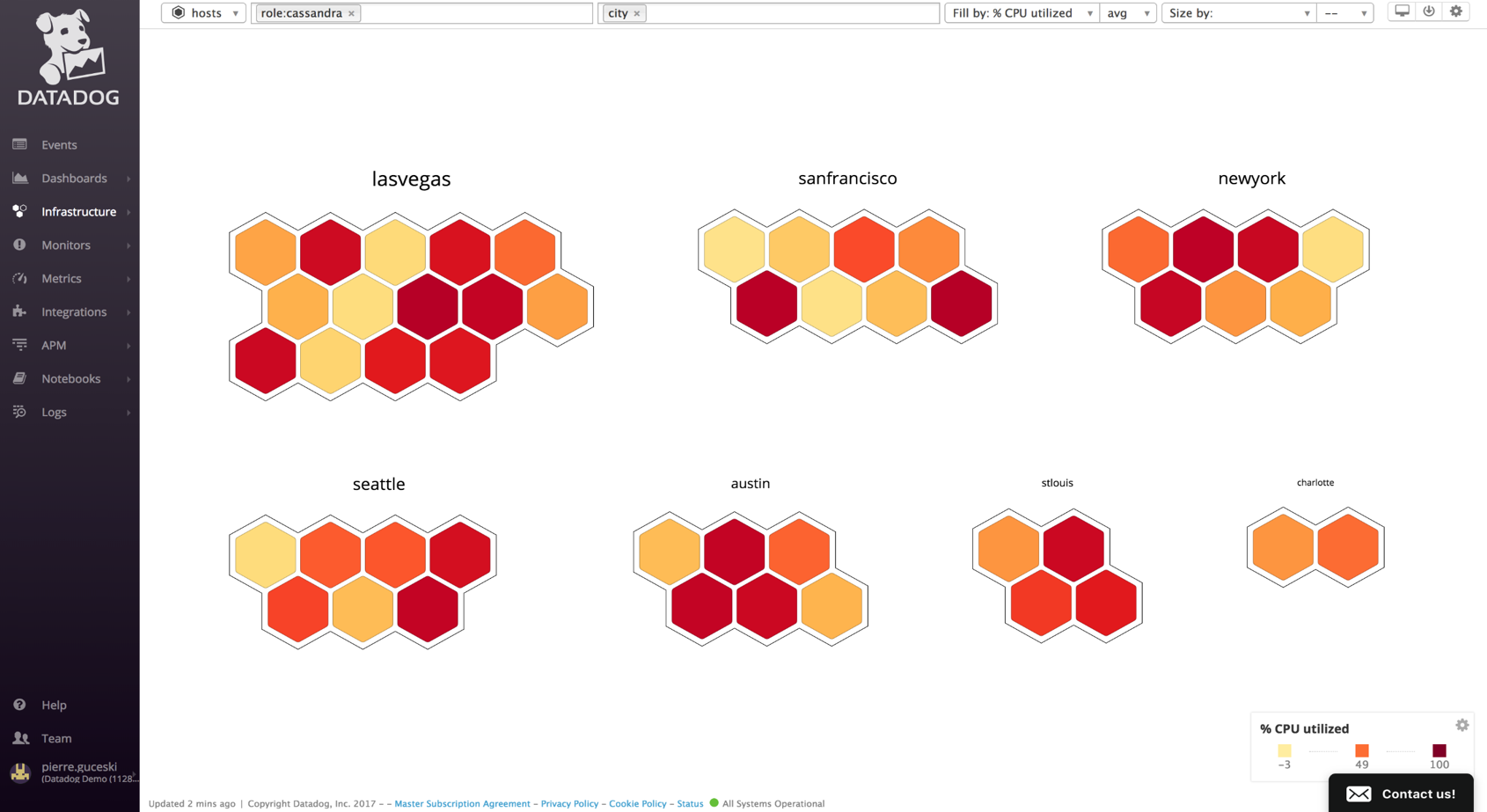
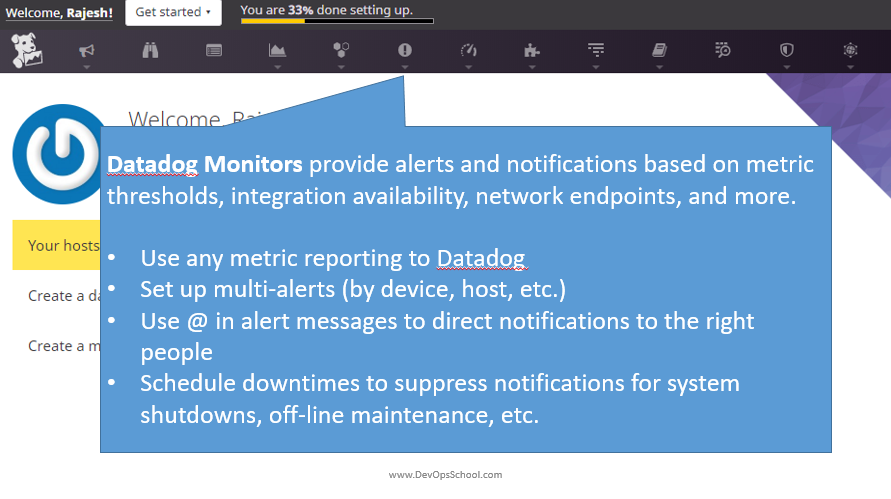
Datadog: Monitors
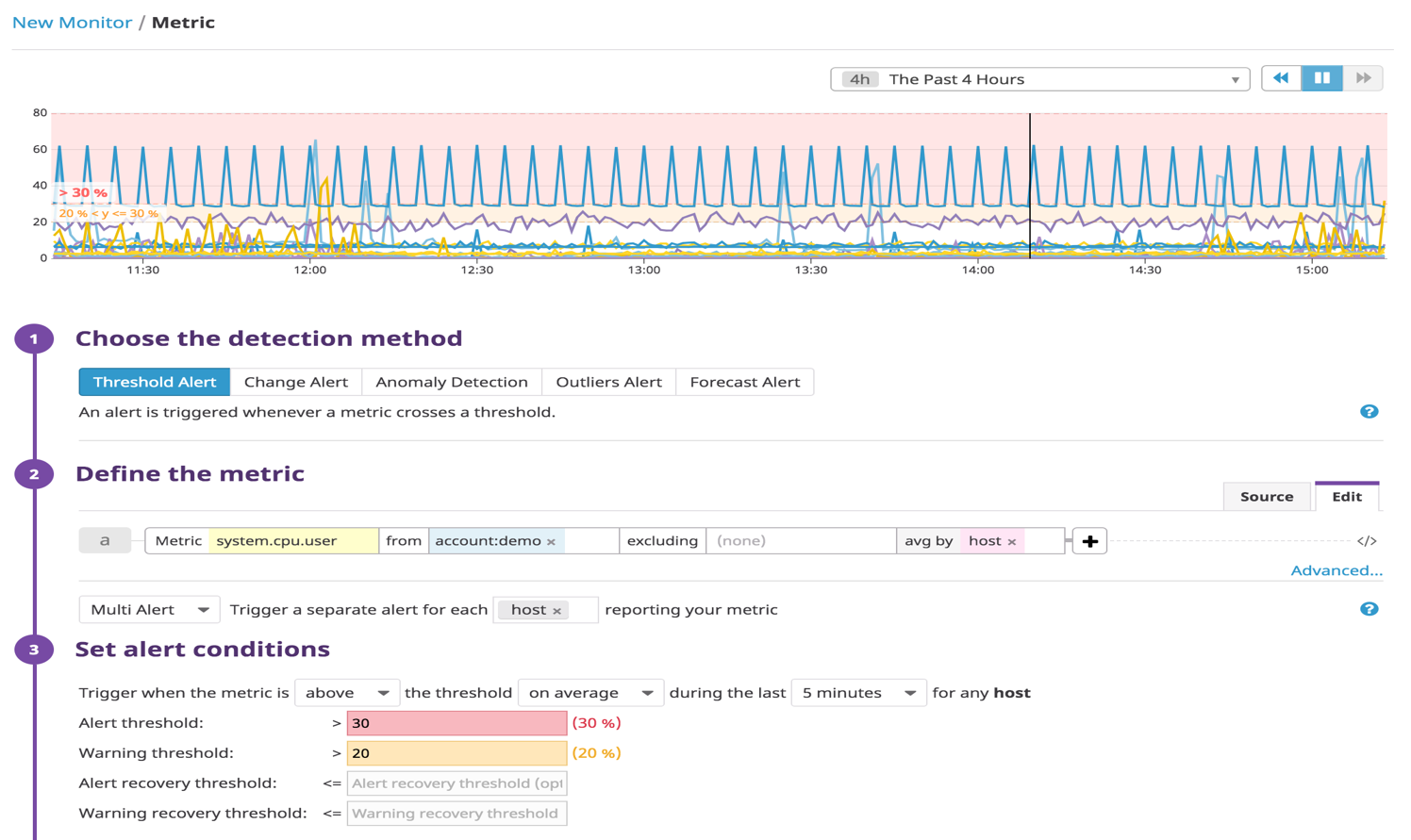
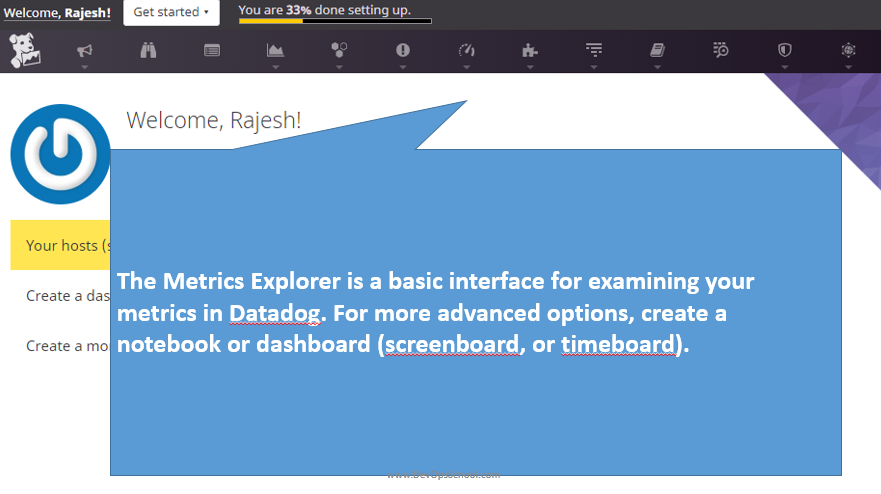
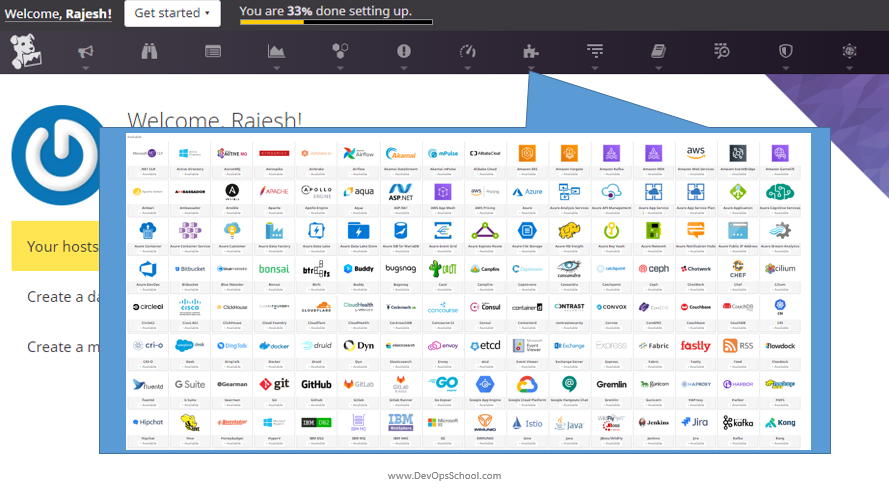
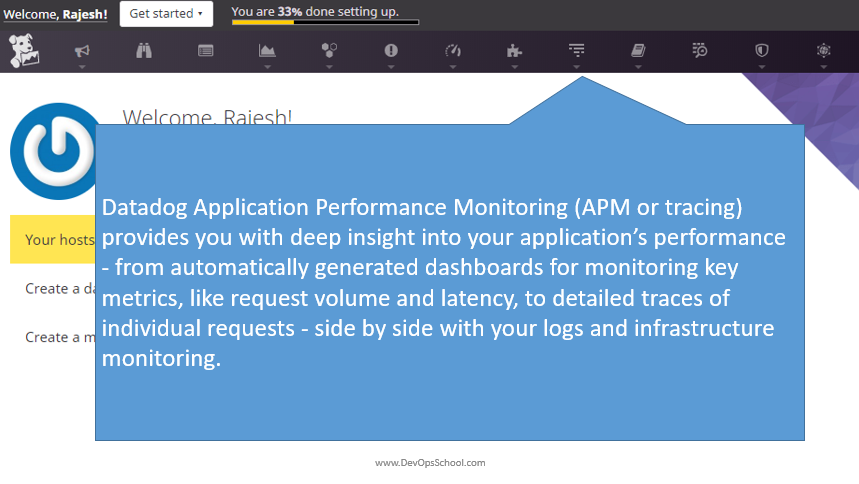
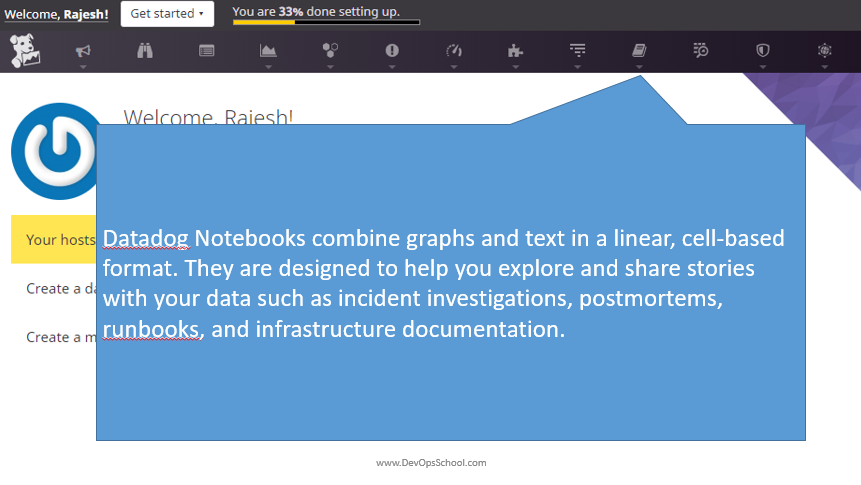
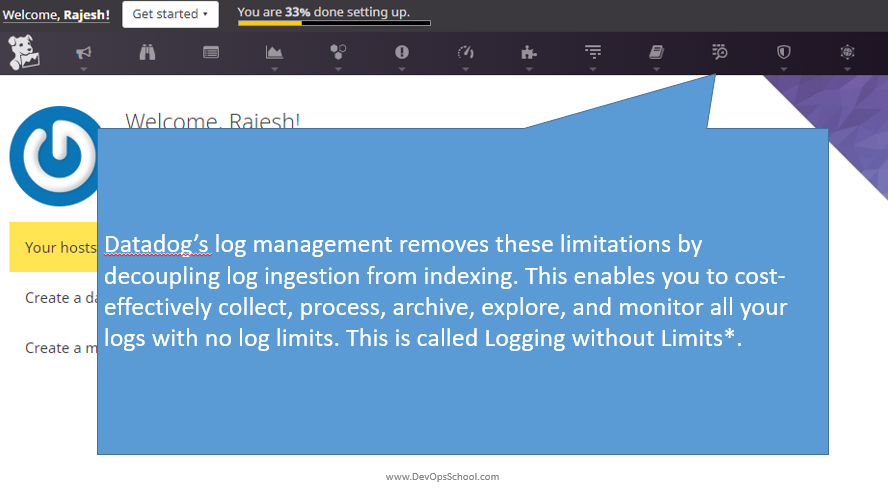
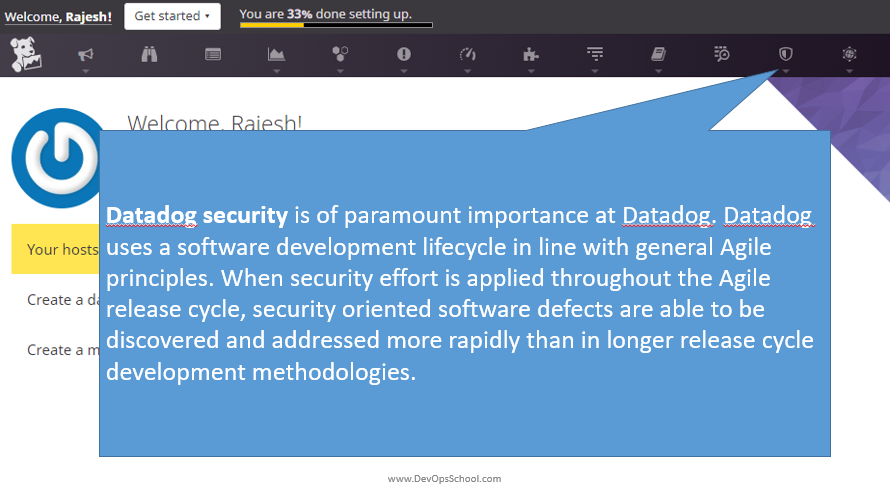
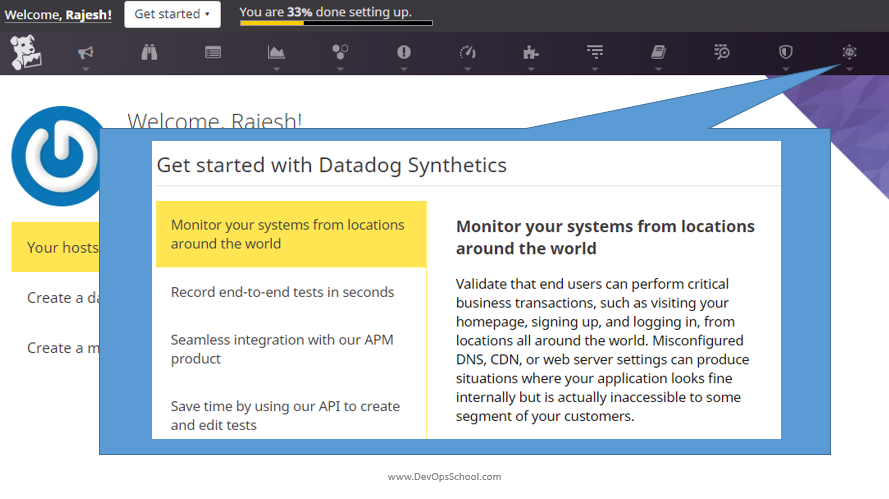
Step 1- Install Datadog Agents

Step 2- Create a Dashboard
.png)
Step 3- Install Three Integrations
Step 4- Create a Monitor
Step 5- Invite Three Teammates
Step 6- Submit Custom Metrics
DevOpsSchool Community Networks
These platforms provide you the opportunity to connect with peers and industry DevOps leaders, where you can share, discuss or get information on latest topics or happenings in DevOps culture and grow your DevOps professionals network.
 |
|---|
| DevOps |
| Build & Release |
 |
|---|
| DevOps |
| Build & Release |
 |
|---|
| DevOpsSchool |
| DevOps Group |


Any Questions?

Thank You!
DevOpsSchool — Lets Learn, Share & Practice DevOps
Connect with us on
contact@devopsschool.com | +91 700 483 5930Next up:

Datadog Course
4. Datadog Monitors
